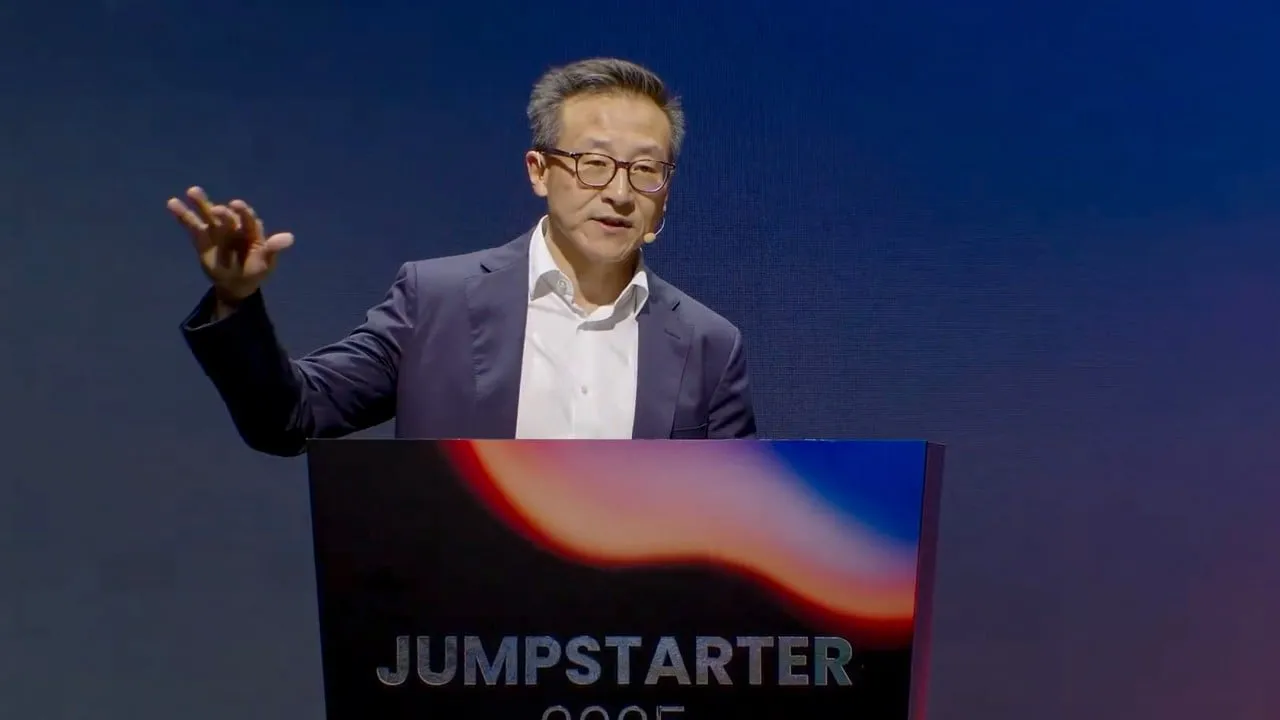Emotional Intelligence and Humanoid Robots: Joe Tsai's Challenge to AI Assumptions

Exploring Emotional Intelligence in Artificial Intelligence
Alibaba Group Holding chairman Joe Tsai raised critical questions about artificial intelligence and humanoid robots during the Jumpstarter finale in Hong Kong. He highlighted the need for emotional intelligence in AI, challenging the idea that machines can ever truly surpass human understanding.
The Limitations of AI
Tsai stated, “How do you define ‘smarter than human beings?’” pointing out that while AI excels in speed and processing, it lacks essential human traits such as empathy and compassion. The Alibaba chairman questioned how AI could replicate genuine human interactions without the nuanced data derived from emotional experiences.
The Role of Humanoid Robots
In his remarks, Tsai scrutinized the necessity of humanoid robots, suggesting that their applications in many areas are redundant. “I would prefer functional devices like robotic vacuum cleaners rather than having a humanlike stranger in my house,” he noted, emphasizing practicality over the allure of robots that mimic humans.
The Gender Dimension in AI Development
Tsai also posed provocative questions regarding the gender of AI systems, prompting developers to consider biological differences in their designs. “If AI approaches human intelligence, how should we incorporate these elements into machine intelligence?” he asked, pushing the boundary of how we view technological developments.
Future Innovations in Robotics and AI
As the Jumpstarter event attracted technology innovators, the discussion around AI-driven innovations continues to evolve. Tsai’s perspective invites a reevaluation of how artificial intelligence integrates into our lives, stressing the importance of emotional intelligence alongside technological advancement.
This article was prepared using information from open sources in accordance with the principles of Ethical Policy. The editorial team is not responsible for absolute accuracy, as it relies on data from the sources referenced.